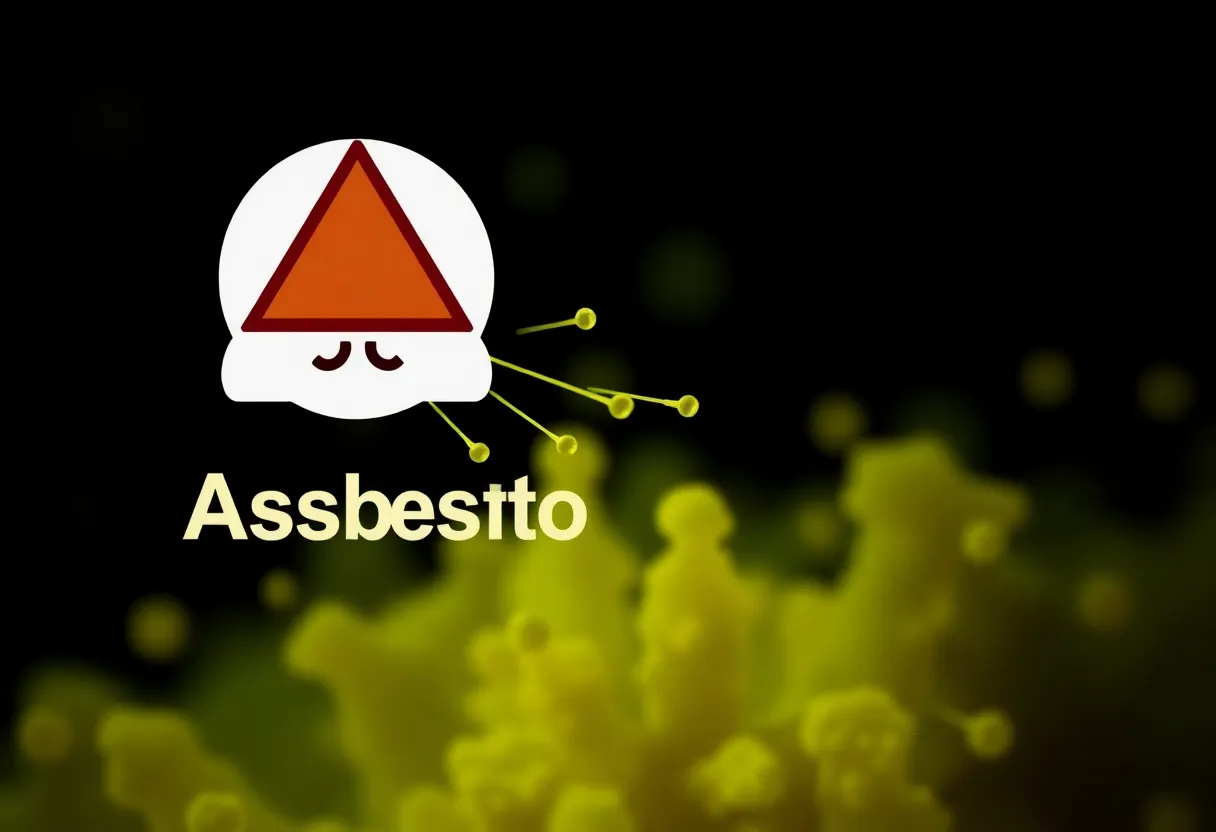News Summary
The asbestos market is experiencing growth amid increasing health safety awareness, regulations, and a shift towards safer practices.
The Asbestos Market: An Unfolding Story of Opportunity and Challenge
In an era where *health safety* is paramount, the asbestos market is experiencing a dramatic shift. After being projected to grow from an estimated USD 1,314.5 million in 2024 to USD 3,417.5 million by 2033, at an impressive CAGR of 11.20%, the implications for both public health and economic opportunity are vast. This change is driven largely by a surge in *awareness of the health hazards* linked to asbestos exposure, laying the groundwork for a paradigm shift in the management and regulation of this controversial material.
A Deadly Legacy
Asbestos exposure is *not without consequence*. The World Health Organization (WHO) cites approximately 107,000 deaths annually from asbestos-related diseases, making it clear that the stakes are painfully high. Despite its alarming risks—including *lung cancer* and the fatal mesothelioma—certain forms of asbestos, particularly chrysotile (or *white asbestos*), remain popular due to their heat resistance and flexibility.
However, the *regulatory climate* is changing. Agencies such as the U.S. Environmental Protection Agency (EPA) and the Occupational Safety and Health Administration (OSHA) have imposed strict regulations against its use. The recent EPA announcement of a comprehensive ban on chrysotile asbestos marks a significant expansion of existing regulations, highlighting the government’s commitment to *public safety*.
The Shift Towards Safe Practices
With the decline in asbestos mining and manufacturing, attention is now focused on safe removal practices, remediation technologies, and compliance with regulations. This has led to a realignment within the industry, where the fastest-growing segment is now *abatement and remediation services*. There is an increasing demand for these services, particularly in older buildings constructed before comprehensive asbestos regulations were introduced.
The U.S. EPA has noted that most buildings built before 1980 contain asbestos, making the need for safe removal essential. Investments in advanced techniques, including HEPA filtration systems, are surging in both public and private sectors. Governments and property owners are prioritizing the safe handling and disposal of asbestos-containing materials, making *asbestos abatement* a top industry focus.
Regulatory Actions and Challenges Ahead
As global awareness and regulations tighten, several countries, including Canada and Australia, have enacted *complete bans* on asbestos. In British Columbia, the introduction of new government-issued licenses for asbestos abatement companies aims to set new safety standards for the industry. Mandatory training and certification are now requirements for these businesses, a much-needed step in ensuring worker safety.
However, challenges persist. Transitioning away from asbestos isn’t without its difficulties, including the high production costs associated with safer alternatives such as fiberglass and cellulose. Despite a global push for safer materials, affordability and durability keep certain regions dependent on asbestos. The most significant producers in the world include Russia, China, and Kazakhstan, with Russia notably being the largest exporter of chrysotile asbestos.
Public Health Risks and Statistics
The grim reality of asbestos-related fatalities is underscored in findings from WorkSafeBC, which reported that in 2022, 61 of 181 work-related deaths were directly attributed to asbestos exposure. Since 2002, nearly 1,200 work-related deaths have been linked to the hazardous material in British Columbia alone. Asbestos is now recognized as the *leading cause of death* for workers in that region, a statistic that underscores the urgency of addressing this health crisis.
Asbestos exposure is no small concern; the risks are long-term and serious. In 2024, a UK-based asbestos management company expanded its service capabilities to align with evolving health and safety executive regulations, highlighting the ongoing need for vigilance in this market sector. Moreover, companies like Johns Manville have started introducing *asbestos-free insulation materials*, indicating a definitive shift towards safer building products.
With an increasing awareness of health risks and a commitment to change, the future of the asbestos market is set to transform. While the journey toward complete eradication is fraught with challenges, the collective effort toward awareness, regulation, and safe practices is clear. The market may be on the rise, but the fight against the deadly legacy of asbestos has only just begun.
Deeper Dive: News & Info About This Topic
HERE Resources
Residents of Li’l Abner Mobile Home Park Face Urgent Relocation Amid Asbestos Concerns
Coldwater City Council Takes Major Steps to Tackle Asbestos Concerns
The Ongoing Battle Against Asbestos: A Toxic Legacy in the U.S.
Asbestos Discovery Sparks Safety Concerns at Virginia Elementary School
Innovative Asbestos Recycling Could Transform Waste Management
How to Support a Loved One with Mesothelioma
Urgent Call to Action: Mesothelioma Research at Risk!
Game-Changer for Cancer Survivors: Pickleball at Moffitt Cancer Center
Rising Awareness of Mesothelioma Risks for Auto-Truck Mechanics in Florida
Approval Granted for Replacement of Asbestos-Laden Industrial Unit in Reading



















